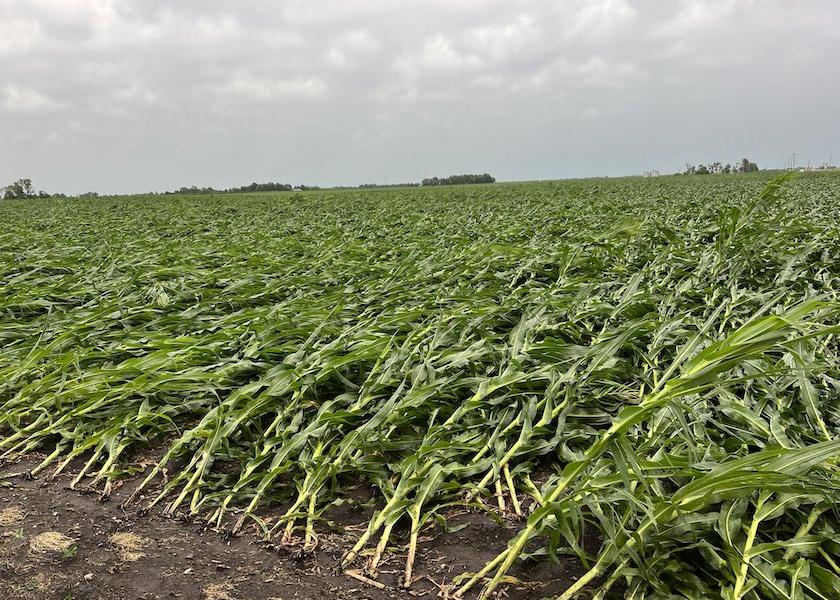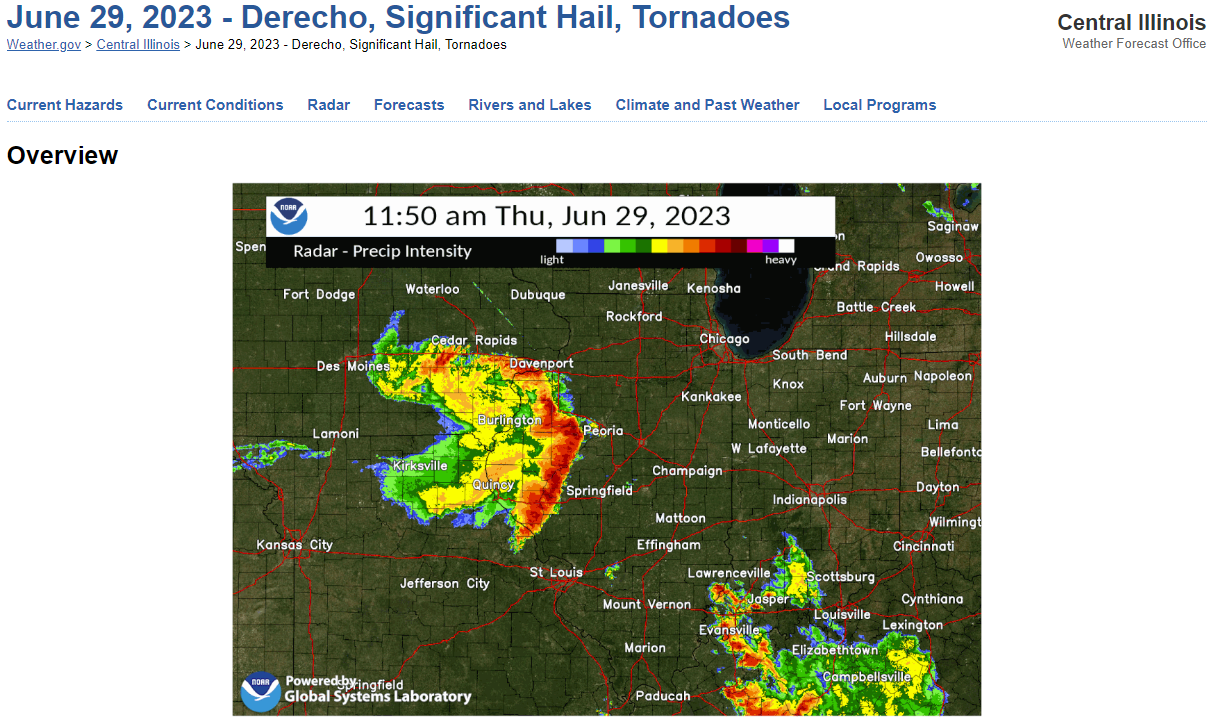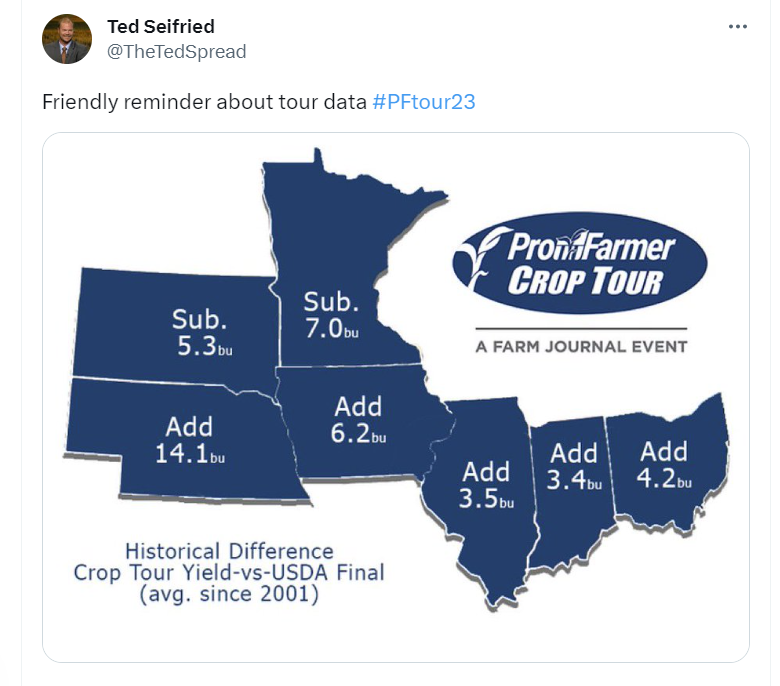Double-Edged Sword: Did Rains from Derecho Save Illinois Corn and Soybeans?

June 29 was a turning point for Illinois corn and soybean crops which had been hanging on in the powder-dry soils, according to Pioneer agronomist Cody Pettit.
He says little to no rain had fallen in central Illinois since May 7. “It had been so dry the crops hadn’t grown much,” he recalls.
Then, what Pettit describes as a mini derecho swept across central and southeast Illinois in the late morning of June 29, turning into a double-edged sword for area farmers. Below is a picture of what farmers faced just before noon:

But with the storm came life-giving rains, enabling the corn crop to pollinate successfully.
“I know there might have been some pollination issues as you get into Indiana, but for us in Illinois (pollination) was good,” Pettit says.
Pro Farmer Editor, Brian Grete, is moving through northern Illinois today and he says the corn crop improved as he moved out of Indiana.
"The corn yields have come up. The biggest change has been in crop maturity," says Grete, who's leading the eastern leg of the tour. "Every sample has been in dent stage. Crop maturity is much more advanced and building weight."
The highest sample scouts have estimated is 238 bu. per acre for corn in Illinois. "But everything has been above 200 bushels," Grete says.
Grete weighs in during AgriTalk on what he's seeing in Indiana and Illinois fields and how the crops compare to last year. Catch his comments here:
Hiccups On The Western Leg Of Crop Tour
Chip Flory and his team of 50-plus scouts finished estimating crops in Nebraska on Tuesday and are in Iowa today, Wednesday.
Flory says the Nebraska irrigated corn might warrant the 191-bu. average yield USDA predicted on August 1. However, he says the dryland crop will pull that average down.
"I think the stress that showed up in late June before it started getting rain that shortened up the ears, even in the irrigated fields," says Flory, team lead for the western leg of the tour and host of AgriTalk. "You want 40-kernel rows on corn, and there are a lot of 32s," he adds.
Soybeans look even worse than the corn in Nebraska, in Flory's opinion. "I felt like I was watching a dryland bean crop died," he says. "You can tell a bean crop that's dying from heat stress, and I felt that's what I was seeing."
Flory's team is now on its way to Spencer, Iowa. "I'm not happy with what I'm seeing so far, especially in Woodbury County. There's a lot more tip back than I'd expected. Corn's already giving it up."
Flory says the Iowa soybean crop is stagnant. "I'm looking at a bean crop that's not building yield," he says.
There are 99 Iowa counties and before the event concludes, Pro Farmer scouts will make yield estimates in every county in the state.
You can hear Flory's full report from the western leg of the tour here:








